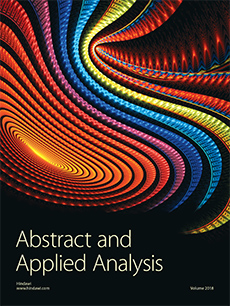Abstract
A model of the interactions among a host population, an insect-vector population, which transmits virus from hosts to hosts, and a vector predator population is proposed based on virus-host, host-vector, and prey (vector)-enemy theories. The model is investigated to explore the indirect effect of natural enemies on host-virus dynamics by reducing the vector densities, which shows the basic reproduction numbers (without predators) and (with predators) that provide threshold conditions on determining the uniform persistence and extinction of the disease in a host population. When the model is absent from predator, the disease is persistent if ; in such a case, by introducing predators of a vector, then the insect-transmitted disease will be controlled if . From the point of biological control, these results show that an additional predator population of the vector may suppress the spread of vector-borne diseases. In addition, there exist limit cycles with persistence of the disease or without disease in presence of predators. Finally, numerical simulations are conducted to support analytical results.
Citation
Fengyan Zhou. Hongxing Yao. "Dynamics and Biocontrol: The Indirect Effects of a Predator Population on a Host-Vector Disease Model." Abstr. Appl. Anal. 2014 1 - 14, 2014. https://doi.org/10.1155/2014/252718





